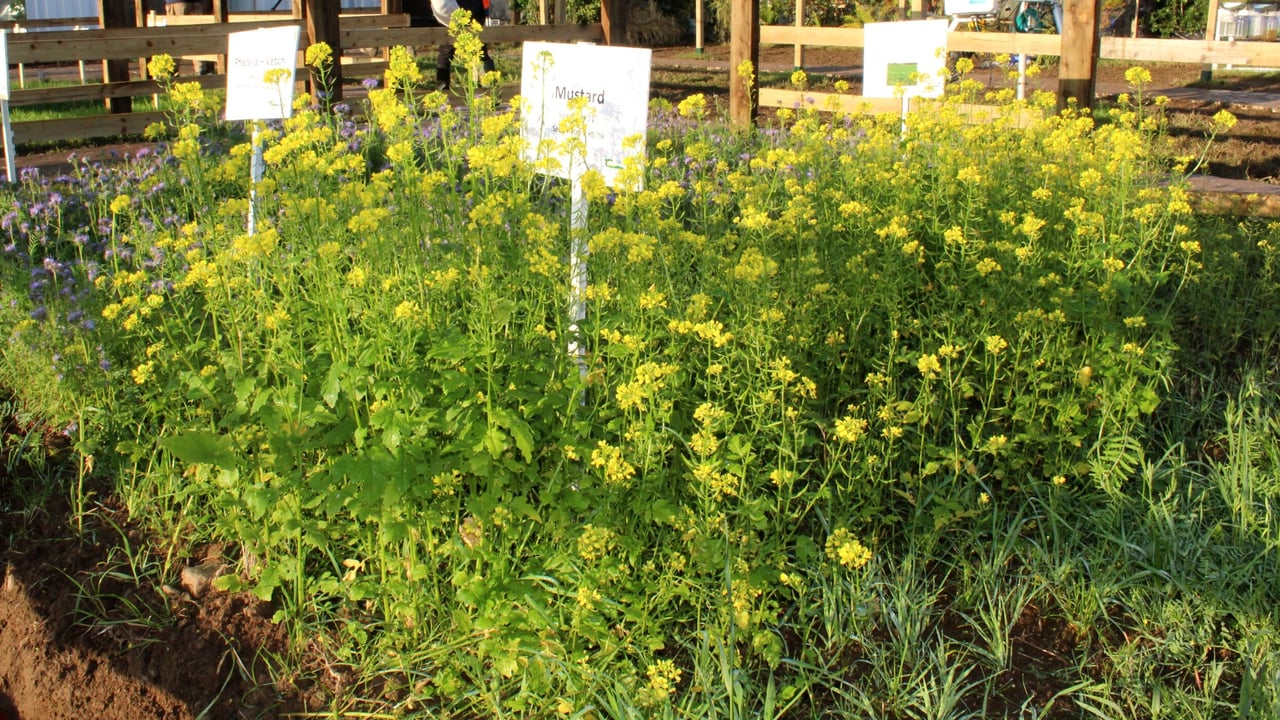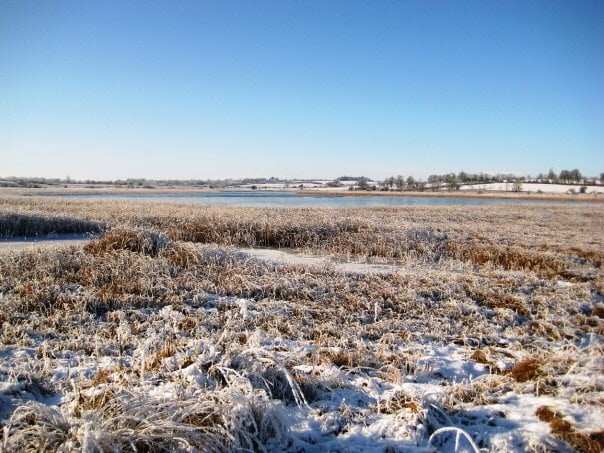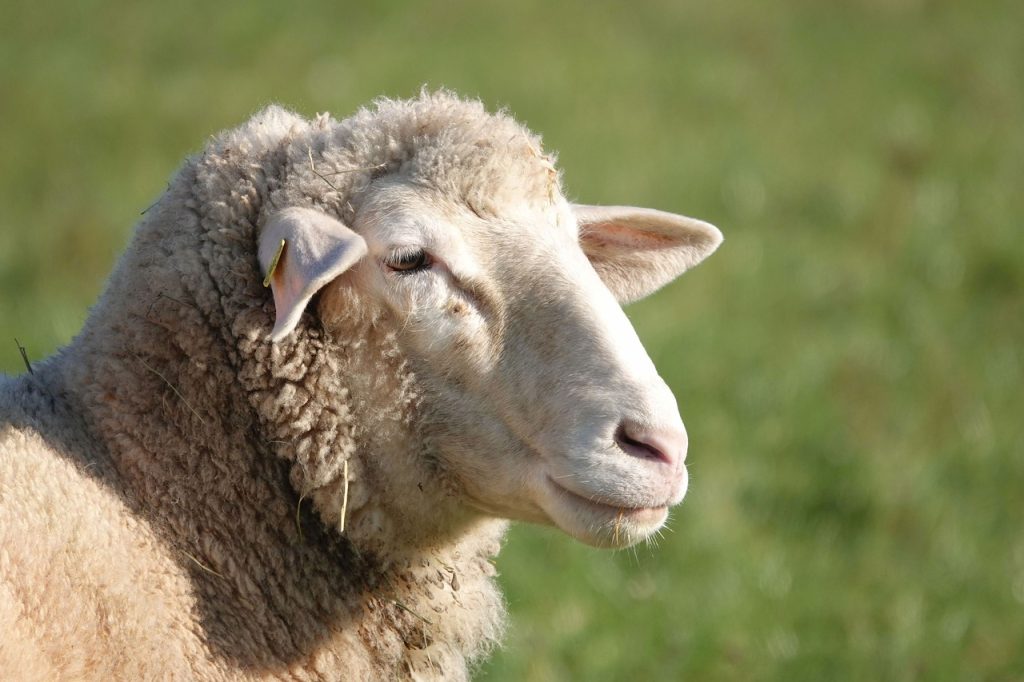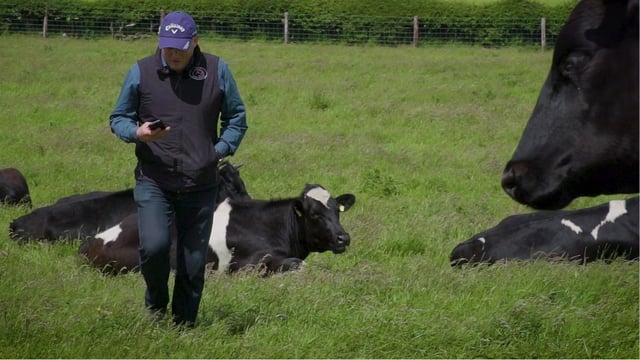Using winterkill to manage cover crops prior to spring planting
The timely and effective destruction of cover crops is crucial for ensuring the successful establishment of a new cropping regime in the spring.
So, now is time for tillage farmers to give serious thought to their management options in this regard.
Where cover crops were planted under Agri-Climate Rural Environment Scheme (ACRES) or the Water European Innovation Partnership (EIP), then destruction can only take place after January 1.
For other cover crops - e.g., those planted under Water EIP measure 6B - they can be removed from now on. However leaving ground bare for an extended period is unadvisable.
Winterkill
For farmers seeking alternatives to chemical termination, particularly those with significant biomass, leveraging natural winterkill (frost termination) or managed grazing, represent viable options.
Michael Hennessey, head of crops knowledge transfer at Teagasc, takes up the story.
“Frost termination, often referred to as winter kill, is an appealing, low-cost method of cover crop destruction," he said.
"The feasibility of relying on frost, however, depends heavily on consistent cold temperatures and the species planted.
“Research suggests that frost-sensitive species may not be reliably terminated in temperate climates due to variable winter conditions.”
The critical factor for successful termination is the temperature threshold required to kill the plant tissue.
Frost tolerance
Cover crop species exhibit vast differences in frost tolerance. Cereals like rye are cold-tolerant and may survive even very low temperatures, potentially requiring a follow-up herbicide.
In contrast, frost is likely to kill all herbs and brassicas, such as oil radish, mustards and stubble turnip, if the temperature is low enough.
Some species are more frost-sensitive than others. For example, studies suggest that radish is typically killed at around -6°C.
Meanwhile, spring oats are killed at approximately -5°C, while the hardier winter oats require colder temperatures around -10°C.
Phacelia and vetch, on the other hand, can survive temperatures typically between -6 to -10°C.
Hennessy said: “Given the large biomass many Irish farmers are managing this year, relying solely on frost may be insufficient, especially for more cold-tolerant species.
“Frost termination can be effectively combined with mechanical methods like rolling or crimping."
Rolling or crimping works best when there has been a ‘hard frost’ of -4°C or lower. The process should be carried out ideally in the early morning when the plants and stems are brittle and frozen.
It is preferable if these cold conditions persist for several days prior to rolling so the frost can penetrate and help ‘shatter’ the stems.
The combination of mechanical damage and freezing temperatures helps expose the crops, causing them to die.
Grasses
Grasses such as bromes, meadow grass, and even wheat and barley can withstand very low temperatures, and the combination of low temperature and rolling is often not enough to kill these plants.
There may well be a requirement for a follow-up treatment to complete the job - ploughing or chemical control, for example.
Grazing livestock, particularly sheep, offers a dual benefit by both terminating the cover crop and providing a nutritional feed source, potentially reducing feed costs.
Hennessy explained: “Grazing provides a viable option for cover crop destruction in arable systems.
“The process helps reduce cover crop biomass and initiates the breakdown of organic matter, which can help balance carbon to nitrogen ratios and speed up nutrient availability for the following crop.”
When managing grazing, especially on heavier soils, sheep are preferred over cattle to minimise the risk of poaching and soil compaction.
“However, even with sheep, over-grazing can still contribute to soil compaction, nutrient leaching, and runoff, while also reducing the beneficial organic matter added to the soil," Hennessy added.







